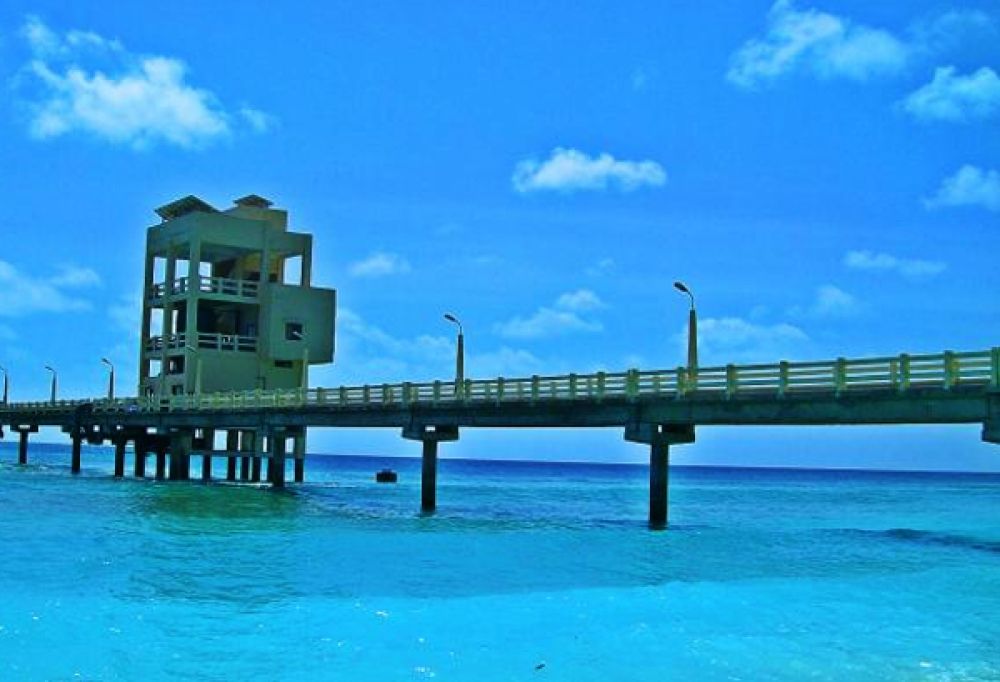

Located off the southwestern coast of India, Kavaratti is one of the most beautiful islands of the Lakshadweep archipelago, known for its pristine waters and vibrant marine life. While the island has a long history, its recognition as a tourist destination began quite recently in comparison to many other similar destinations.
For centuries, the indigenous population of the Lakshadweep Islands led a relatively isolated existence, primarily engaging in fishing and coconut cultivation. It wasn't until the latter half of the 20th century that tourism began to be seen as a viable economic activity in the region.
The establishment of the Lakshadweep Administration in 1956 was a turning point for the islands. The new administration steadily worked on developing the infrastructure necessary to support tourism, which included upgrading transportation facilities, establishing resorts, and ensuring the preservation of the islands' delicate ecosystems.
Kavaratti's desalination plant plays a crucial role in not just the island's sustainability but also in its tourism sector. Installed to address the challenge of fresh water scarcity, the plant ensures a reliable supply of potable water for local residents and tourists alike. This has been essential in supporting the island's accommodation facilities and maintaining the comfort of its guests.
Lately, the trend in tourism on Kavaratti Island is leaning towards eco-tourism and sustainable practices. Visitors are increasingly interested in activities such as snorkeling, scuba diving, and kayaking that allow them to experience the island's natural beauty with minimal impact on the environment.
Responsible tourism initiatives are also in place to educate visitors on the importance of coral reefs and marine life conservation. This ensures that while the tourism industry flourishes, it doesn't come at the expense of the ecological balance.
The history of Kavaratti as a tourist destination may be brief when viewed against the backdrop of global tourism. However, its dedication to sustainable development and environmental conservation serves as a beacon for future tourism trends. As the world becomes more conscious of sustainability, destinations like Kavaratti Island, with its desalination plant and other eco-friendly practices, pave the way for a new era of travel.
The island's accessibility via flights to Agatti Island followed by a short boat ride to Kavaratti has also facilitated its popularity among tourists looking for offbeat tropical getaways. Furthermore, with the government's efforts to promote tourism through initiatives like 'Visit Lakshadweep Year,' the island has seen a steady increase in visitor numbers.
However, it is worth noting that tourism to the Lakshadweep Islands, including Kavaratti, is regulated to protect its unique environment. Tourists need to obtain a special permit, known as the 'Lakshadweep Entry Permit,' before visiting these islands, which is part of the efforts to control the impact of tourism. This has helped preserve Kavaratti's serene beauty and has kept it from becoming overcrowded like many popular destinations.
In conclusion, Kavaratti Island’s journey into becoming a desired tourist location is carved out of its natural beauty and careful implementation of sustainable practices. Its commitment to preserving the environment while offering unique experiences to visitors stands out as an exemplary model in the global tourism industry.